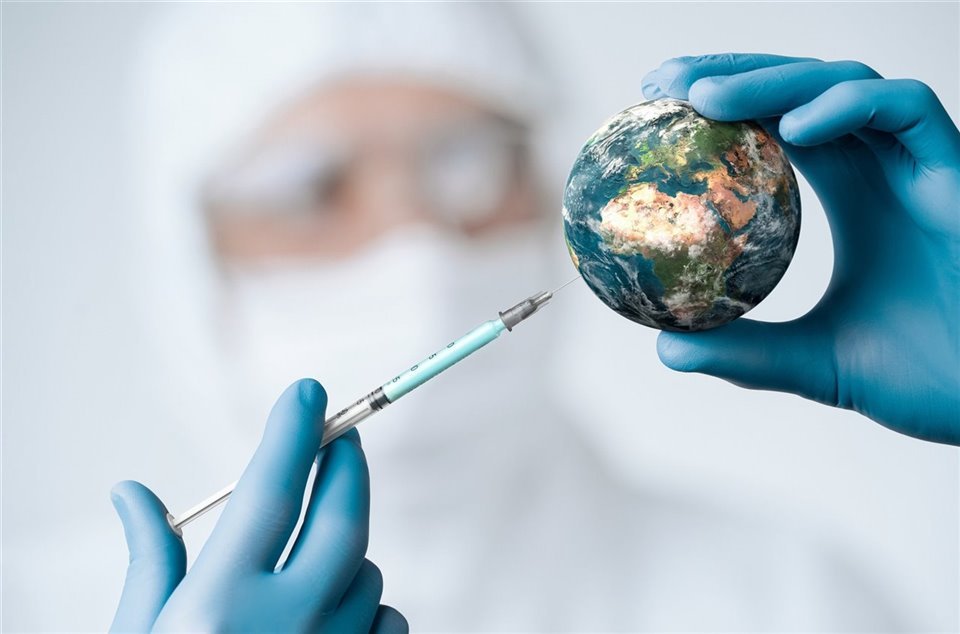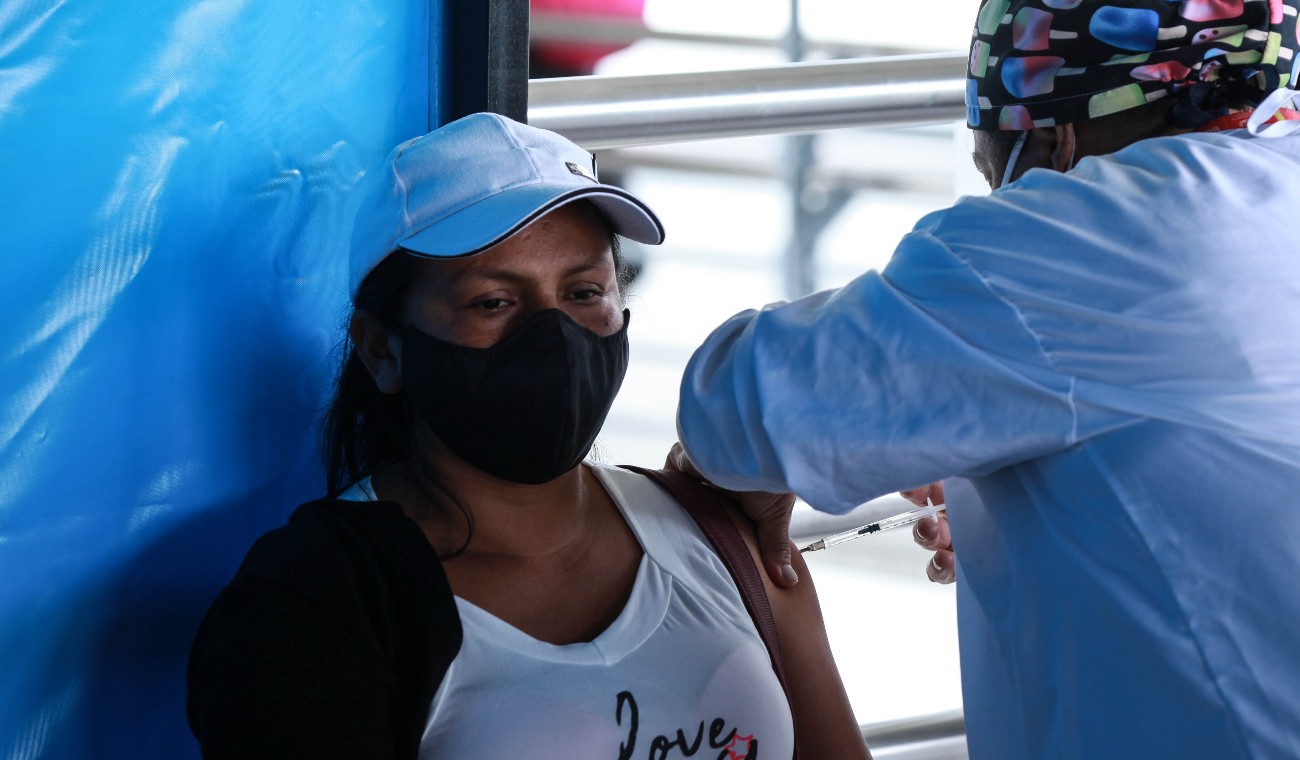At a time when the number of cases and deaths from COVID-19 continues to decrease, in what, according to the director general of the World Health Organization (WHO), Dr. Tedros Adhanom Ghebreyesus, constitutes “a very encouraging trend”, the monkey pox begins to grab headlines. The escalation and speed of transmission of the current outbreak worries the experts, who met on June 23 at the WHO Emergency Committee and determined that, although it is a very important health threat, at the moment there are no elements to declare it “an international health emergency”. This would constitute the highest degree of priority for a medical situation and would imply a significant level of coordination between the different countries.
WHO convenes emergency commission due to increase in cases of monkeypox
Currently, more than 3,200 cases of monkeypox have been reported in more than 40 countries, most concentrated in the European region, but also in the Americas, Asia and Oceania. Among the countries with the highest number of cases are the United Kingdom (574), Spain (497), Germany (412), Portugal (297), France (183), Canada (177), and the United States (113). In the region of the Americas, the countries with the most cases are Mexico (9), Brazil (7), Argentina (5); So far no cases have been reported in Cuba, but the risk remains latent.
The majority of infected patients have been men who have sex with men (MSM) between the ages of 31 and 40, although women have also been identified. The data, however, is constantly changing as countries update their records, something that not all do at the same pace. In fact, part of the growth is due to tracking difficulties, to the point that changing the diagnostic criteria is being studied.
Monkeypox was first detected in humans in 1970 in the Democratic Republic of the Congo, in a nine-year-old boy. Since then, most cases have been reported in rural tropical forest regions of 11 African countries. The first outbreak outside of Africa occurred in the United States in 2003. Since 2017, Nigeria has experienced a major outbreak, with more than 500 suspected cases and more than 200 confirmed cases. Subsequently, the disease has been reported in people who traveled from Nigeria to Israel, the UK, Singapore, and the USA.
As of May 2022, multiple cases were identified in several non-endemic countries. Scientists have made great efforts to explain the causes of the current outbreak and the first results are already available. A study published in the journal Nature revealed that it most likely has a single origin, from a well-defined divergent branch of the strain that caused the 2018-2019 outbreak in an endemic country—probably Nigeria. One of the most widely accepted hypotheses, according to João Paulo Gomes, lead author of the work cited above, is the travel of several infected people during the month of April from an endemic country, where this strain was circulating, to non-endemic countries. Later, some “super-spreading events” —there is talk of two parties, one in Belgium and the other in Spain—, and trips abroad triggered the rapid global spread of the virus.
Monkeypox is caused by the monkeypox virus, a member of the genus orthopoxvirusesof the family Poxviridae. It is a zoonosis, that is, a disease that is transmitted from animals to people. Transmission then occurs from person to person through close contact with lesions, body fluids, respiratory droplets, and contaminated materials such as bedding.
The interval between infection and the onset of symptoms is usually 6 to 13 days. The infection can be divided into two periods, the first lasts between 0 and 5 days and is characterized by fever, severe headache, lymphadenopathy -swollen lymph nodes-, pain in the back and muscles, and weakness. Lymphadenopathy is a distinctive feature of monkeypox, differentiating it from other similar diseases.
Skin lesions usually begin 1-3 days after the onset of fever and tend to be concentrated mainly on the face and extremities. The most affected areas are the face, the palms of the hands and the soles of the feet, although the oral mucosa, genitals and eyes are also affected. The number of injuries varies from a few to several thousand. In severe cases, the lesions can coalesce and cause large sections of skin to slough off.
Severe cases occur more frequently in children, and their evolution depends on the degree of exposure to the virus, the patient’s health status and the nature of the complications, which can be secondary infections, bronchopneumonia, encephalitis and corneal infection. with consequent loss of vision. Recently, the fatality rate has been around 3%-6%, this implies that 3 to 6 people die per hundred.
Treatment is focused on relieving symptoms, controlling complications, and avoiding long-term sequelae. Fluids and food should be offered to patients to maintain adequate nutritional status. On the other hand, the European Medicines Agency (EMA) authorized the use for monkeypox of an antiviral called Tecovirimat which had been developed for smallpox, but is not yet widely available.
The WHO is particularly concerned about the risks of this virus to vulnerable groups, “including children and pregnant women.” This scenario can be avoided, Dr. Ghebreyesus noted. “We ask affected countries to make an effort to identify all cases and contacts to control this outbreak.” Among the strategies being considered to slow the spread of the disease is post-exposure vaccination, ideally within four days of exposure, for close contacts at higher risk, such as sexual partners, family members living in the same household as infected people and health workers.
“We have different generations of vaccines and the amount of each varies. We are also seeing if they have been tested, as their potency needs to be checked regularly, ”explained WHO Director of Epidemics and Pandemics, Dr. Sylvie Briand. “The doses of smallpox vaccines are sufficient for current needs, but we anticipate that we will need more if this continues to spread,” he added, insisting on the importance of “preventing the amplification of cases” and that the available tools are used, reducing the close contacts so that there are no more.






